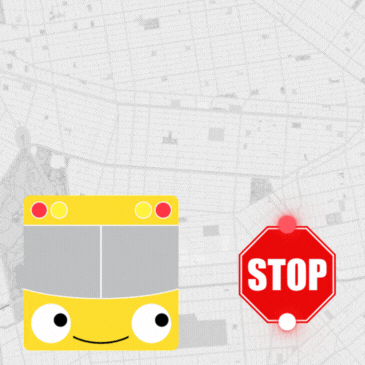From the Safer Haminhagim: [Every day from Rosh Chodesh Nissan until the twelfth of the month, usually after Shacharis,] one reads the passage [from Bamidbar 7-8:4] that describes the offering brought on that day by a particular Nasi, or tribal prince, for the dedication of the altar of the Mishkan. [In common parlance, each day's passage itself is often referred to as “the Nasi.”] This daily reading is followed by the prayer which opens with the words yehi ratzon (and which appears in Siddur Torah Or [as well as in Siddur Tehillat HaShem, p. 371]). This prayer is recited even by a Kohen or a Levi [despite its seeming relevance only to tribes other than the Tribe of Levi]. [284]
Did you say the ‘Nasi’ Today? (Yom Vov)
From the Safer Haminhagim: [Every day from Rosh Chodesh Nissan until the twelfth of the month, usually after Shacharis,] one reads the passage [from Bamidbar 7-8:4] that describes the offering brought on that day by a particular Nasi, or tribal prince, for the dedication of the altar of the Mishkan. [In common parlance, each day’s passage itself is often referred to as “the Nasi.”] This daily reading is followed by the prayer which opens with the words yehi ratzon (and which appears in Siddur Torah Or [as well as in Siddur Tehillat HaShem, p. 371]). This prayer is recited even by a Kohen or a Levi [despite its seeming relevance only to tribes other than the Tribe of Levi]. [284]
Footnotes: [284] HaYom Yom, p. 41. (According to the instructions given for this reading in Siddur Torah Or and Tehillat HaShem, on the thirteenth of Nissan one should read [the summarizing paragraph which begins] zos chanukas mizbeiach (i.e., from Bamidbar 7:84 to 8:4). This would appear to be an oversight, because in his Shulchan Aruch (429:15) the Alter Rebbe writes that on the thirteenth day one should read from [the beginning of] Parshas Behaalos’cha until kein asah es hamenorah (i.e., Bamidbar 8:1-4), a passage that corresponds to the Tribe of Levi. – The above comment is among the last of the notes with which R. Avraham Chayim Naeh introduces his Piskei HaSiddur.) The actual practice to be followed requires clarification.













yg
dont forget to say the nosi.the nosi doesnt forget you
Levi R.
Why does it say “yom shlishi” on top, today is Thursday?
CR
In Naso (here) the Nasi is named Elyasaf ben De’uel. In Beha’alosecha, however, he is Elyasaf ben Re’uel. Are they different people? Different names for the same person? Ta’us Sofer propagated through the ages?
Milhouse
#3, some people called him Reuel and some Deuel; Dalet and Reish can sound similar. We also find that the same place is called Rivlo in the Torah and Divlo in Yechezkel; perhaps over time the pronunciation changed, or perhaps it’s just a matter of what accent people use. Think about how the same place can be called both “Noo Yawk” and “Nyoo Yawrk”, or “Noo OrLEENz” and “N’awlins”.